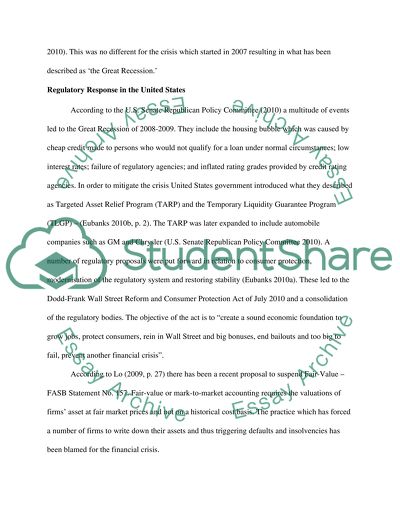Cite this document
(“Regulatory Response to the Financial Crisis which began in 2007 Essay”, n.d.)
Retrieved from https://studentshare.org/finance-accounting/1435480-cif
Retrieved from https://studentshare.org/finance-accounting/1435480-cif
(Regulatory Response to the Financial Crisis Which Began in 2007 Essay)
https://studentshare.org/finance-accounting/1435480-cif.
https://studentshare.org/finance-accounting/1435480-cif.
“Regulatory Response to the Financial Crisis Which Began in 2007 Essay”, n.d. https://studentshare.org/finance-accounting/1435480-cif.


